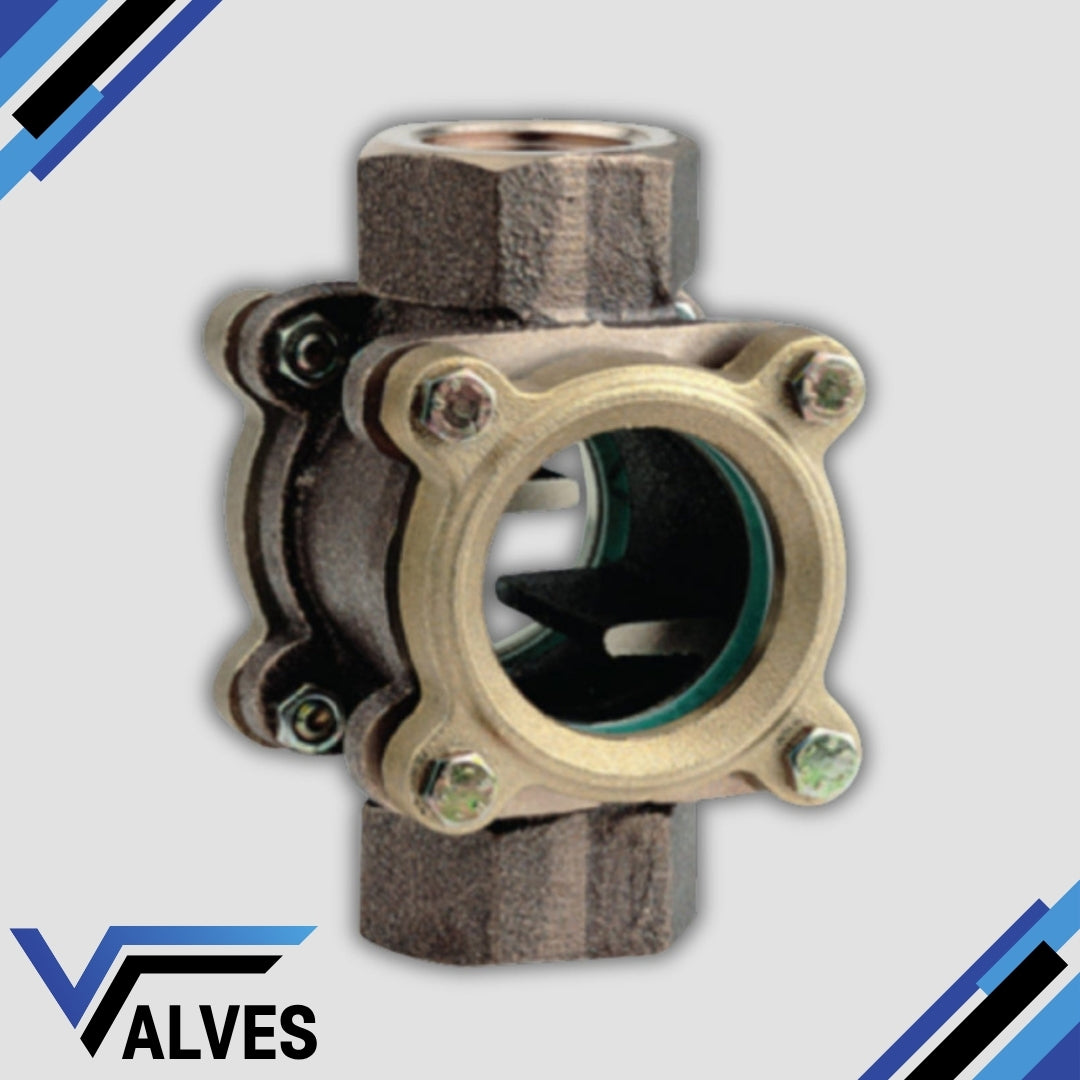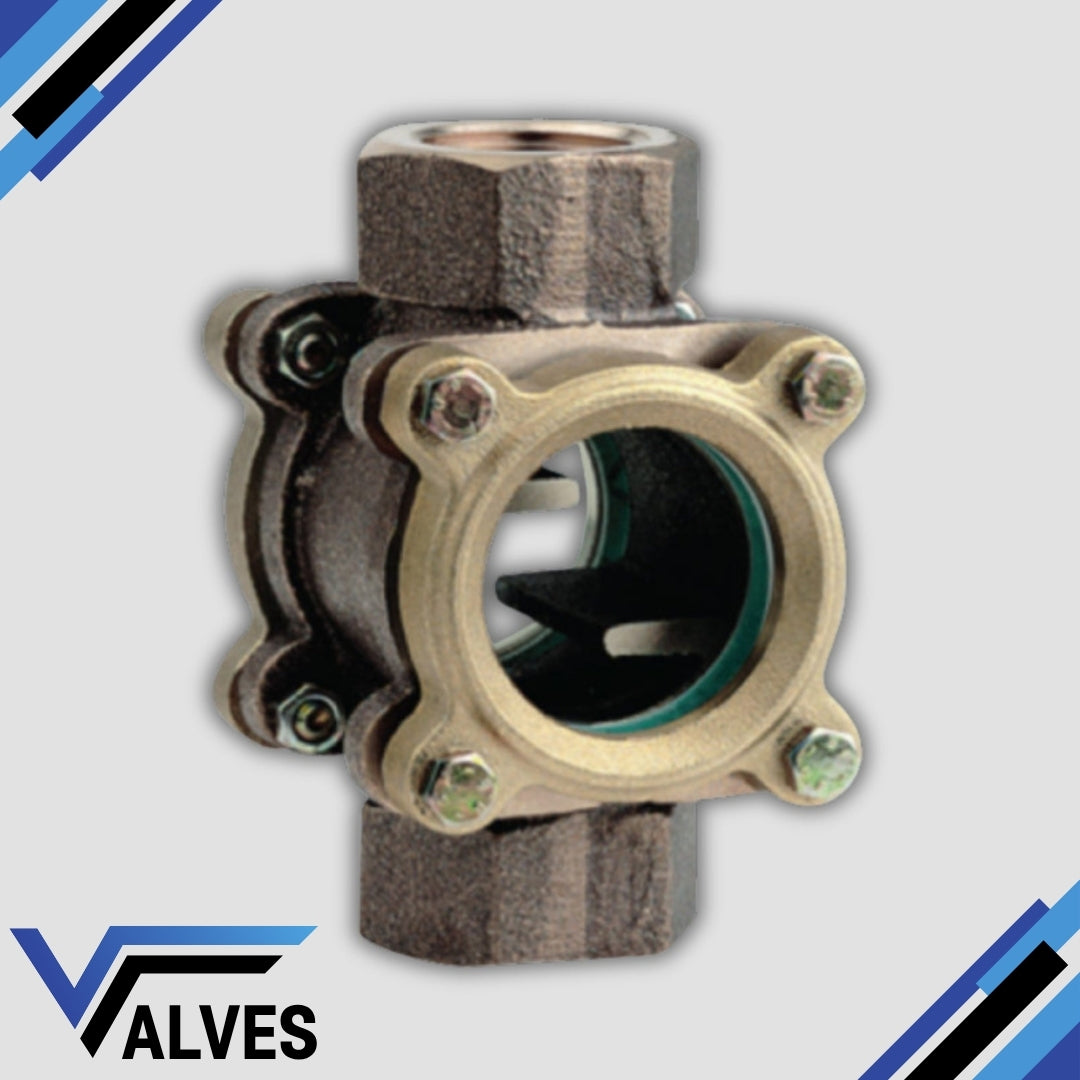Valves UK
Premium Bronze Flow Indicator
Premium Bronze Flow Indicator
Couldn't load pickup availability
The Premium Bronze Flow Indicator is engineered for professionals who demand both visual assurance and enduring reliability in their pipeline systems. Manufactured from high-grade, marine-quality bronze, this indicator is designed to perform in harsh environments where strength, corrosion resistance, and longevity are critical.
Every component is selected for performance – from the precision-machined body to the impact-resistant sight glass or smooth-spinning rotor/ball. Whether for cooling circuits, lubrication lines, or process monitoring, this unit offers real-time flow visibility with exceptional durability and low maintenance requirements.
More than just a component — it's a signal of quality throughout your system.
Premium Features:
- Solid bronze construction for unmatched corrosion resistance and longevity
- Clear flow visibility through sight glass, rotor, or Moplen ball movement
- Built to withstand industrial pressures and temperatures
- Low-pressure drop, high flow efficiency
- Ideal for marine, chemical, HVAC, and high-spec industrial environments
- Designed and built for operators who value performance and reliability
Share

FAQ's
What is the difference between a valve and an actuator?
What types of actuators are available?
The main types of actuators are:
Pneumatic actuators – use compressed air for fast, reliable operation.
Electric actuators – use electrical power for precise control.
Hydraulic actuators – use fluid pressure for high-torque applications.
Each type offers unique advantages depending on the environment, media, and system control needs.
How do I choose the right actuator for my valve?
To select the correct actuator, consider:
Valve type and torque requirement
Power source available (air, electric, or hydraulic)
Operating environment (temperature, humidity, hazardous area)
Control signal type (on/off or modulating)
Matching actuator torque and compatibility with the valve’s ISO mounting ensures reliable performance.
What are the main types of valves used in automation?
The most common valves in automated systems include:
Ball valves – for tight shutoff and quick operation.
Butterfly valves – for larger flow control with compact design.
Globe valves – for precise throttling and flow regulation.
Check valves – to prevent backflow.
Gate valves – for full bore flow isolation.
What’s the difference between a double-acting and spring-return actuator?
Double-acting actuators use air (or power) to both open and close the valve.
Spring-return actuators use air to open (or close) the valve, and a built-in spring to automatically return it to a safe position when power or air is lost — ideal for fail-safe operation.
How often should valves and actuators be serviced?
Regular maintenance intervals depend on operating conditions, but a good rule of thumb is to inspect every 6–12 months.
This includes checking for leaks, lubrication, seal wear, and actuator responsiveness to prevent unexpected downtime.

